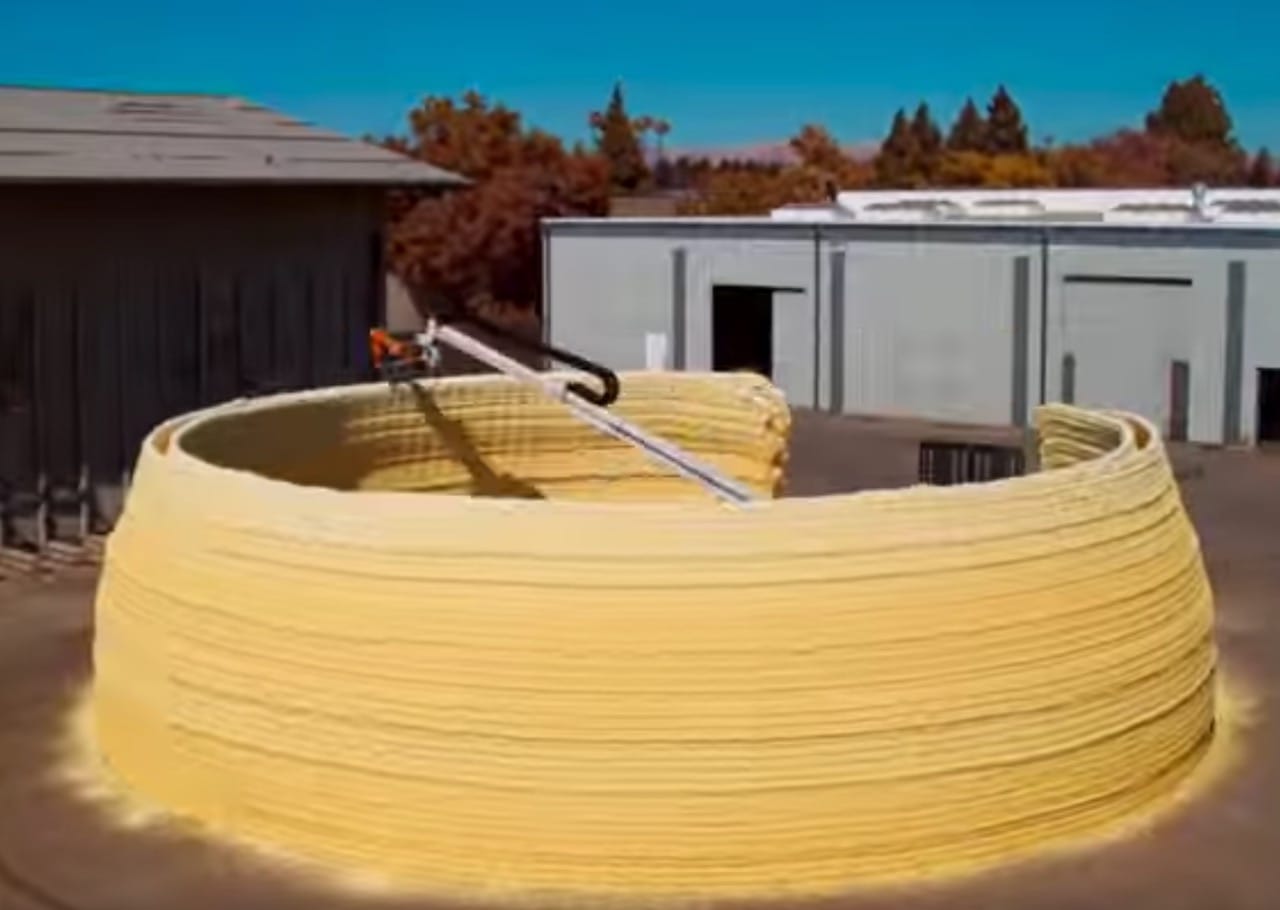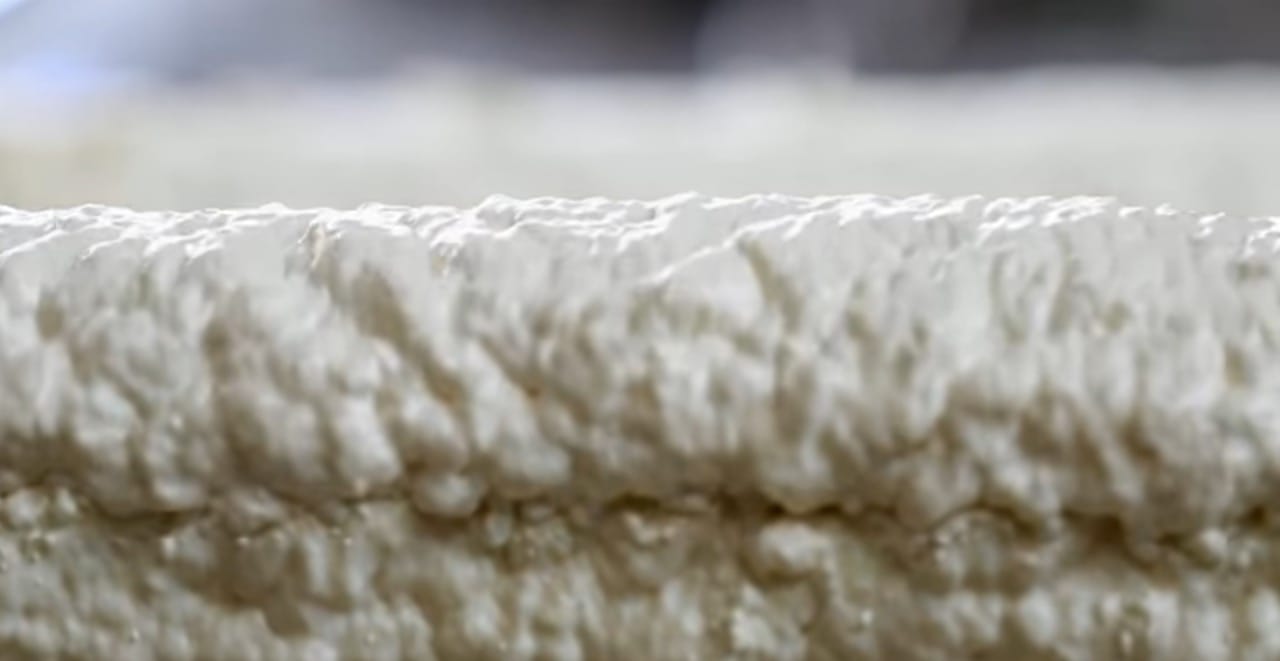
Recently I’ve seen several new “3D printed construction” projects emerge, and I’m wondering if there really is something to them.
3D printed structures is not a new idea; it’s been around for over a decade, with research work taking place then. In fact, we first wrote about one such project literally ten years ago. At the time, Dr. Behrokh Khoshnevis’s Contour Crafting Technology proposed giant crane-like 3D printers that would extrude buildings.
But not much came from that research as Khoshnevis seems to have shifted focus to 3D printing in space and other related applications.
Similarly, D-Shape attempted to 3D print large structures in sand, but today the company seems to be printing artificial coral reefs and monuments rather than actual buildings.
A company in the Philippines attempted to 3D print apartments, but ran into some literally fatal issues.
A Chinese company made much news a few years ago by claiming to 3D print buildings, but in fact they seemed to be simply creating pre-built parts at a factory where they were shipped to the building site and assembled in the usual manner.
More recently Passivdom appears to 3D print off-grid homes, but the 3D print aspect of this approach seems very limited.
Finally MIT’s Mediated Matter Group announced a very interesting concept that seems a bit closer to what we imagine as an actual 3D building printer: a large robot arm equipped with an extruder is mounted on a mobile platform.

This approach seems quite flexible; the robot arm permits the printing of many different geometries. However, their system seems to employ a spray mechanism that deposits a foamy material that might not be the most durable substance.

It also may be challenged to print overhangs of any significant magnitude. In their video you can see a slight overhang in the circular structure they produced, but notice that they do not complete the roof.
All of these approaches have limitations of one kind or another, so it’s disturbing to me to see more headlines saying “3D Printed Building Achieved!”
Let me ask you this: would you LIVE in the MIT 3D printed structure?
I didn’t think so. Besides the fact that it doesn’t have a roof, it is merely a shell of a structure. There are no fixtures inside, no electrical, plumbing, HVAC, functional elements, windows.
Buildings are not complete until all required elements for occupancy are satisfied. And in the case of these 3D printing attempts, they all seem to require human intervention to complete the structure. They’re not really 3D printed buildings; only parts of them might be. And that doesn’t necessarily lower the cost significantly. You still need manual labor to complete the job.
I’m reminded of the RepRap project, where the goal was to 3D print a 3D printer. They were able to 3D print some of the parts, but the electronics and metal parts were always supplied conventionally. The same can be said of 3D printed buildings.
That said, I still believe the idea of 3D printing buildings could become a reality eventually, if combined with other automated techniques. What might help is if truly functional building designs were created that leverage 3D print technologies.

